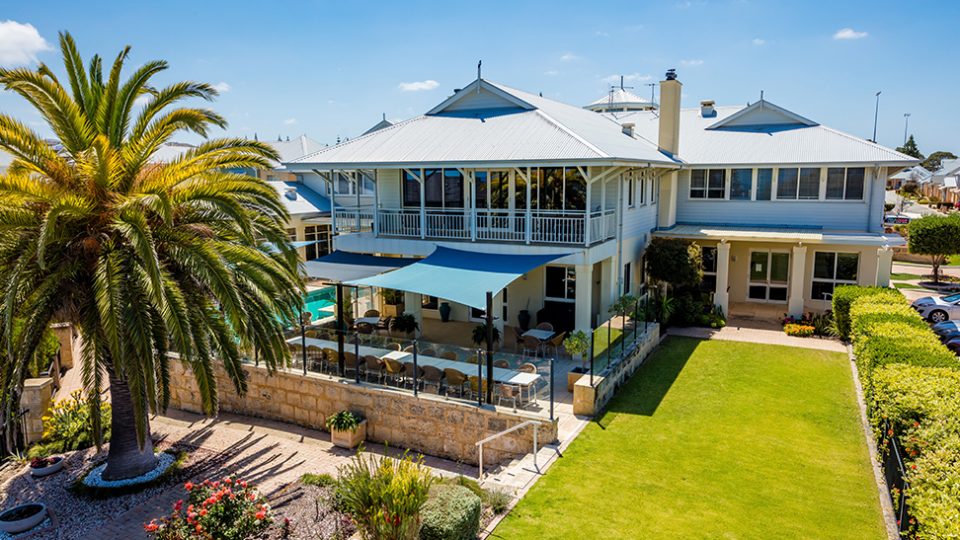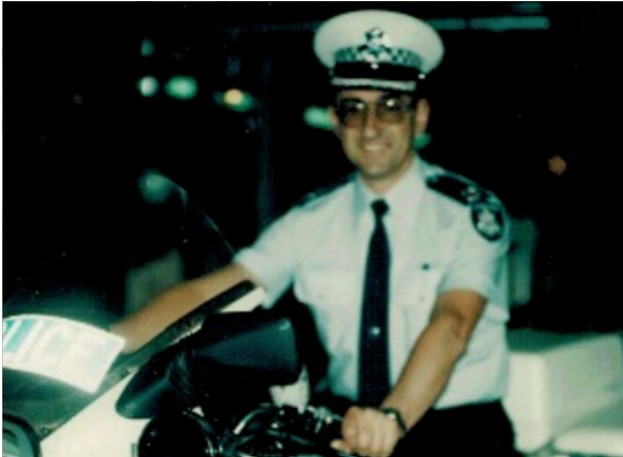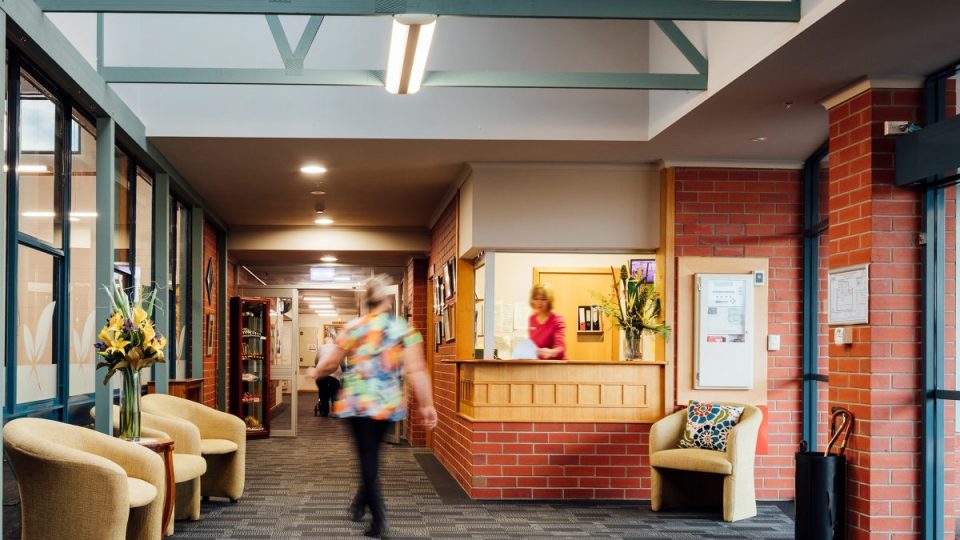National Volunteer Week, 2023 | Meet one of our volunteers, Peter Debus
- 19 May 2023

Tell us about your professional life prior to becoming a Baptcare volunteer.
I had an exciting career including working as a copywriter and editor, publicity/promotions manager for Kluwer, publishing director in academic publishing (Macmillan and Cambridge University Press) and a director of an online newspaper, The Mandarin (part of the Crikey group). I was lucky enough to live and work abroad in the Netherlands for many years.
I also spent 14 years as a director at Australia and New Zealand School of Government (ANZSOG) a kind of graduate school for public servants. ANZSOG specialises in research and teaching in public administration and policy.
Given your background, we’re assuming reading is one of your biggest hobbies?
Yes, I’m a keen reader, mainly in non-fiction – politics and social sciences – but I’m also trying to read more fiction. I also enjoy travel and biking riding with my partner, and spending time with my first grandchild who we mind every week.
Why did you get into volunteering?
My mother was probably my inspiration. She was an active volunteer and I had always been impressed by what she did. She volunteered at a hospital ICU reception desk in Sydney and often would tell dramatic stories about colourful underworld characters who were trying to bluff their way into the ICU department to see people.
I always thought that I’d do some sort of volunteering when I finished working.
I always envisaged driving around in a minibus taking older people to outings. There is something about getting out and about – and driving – that appealed to me. So, I’m very excited to learn that I’m about to fulfil this dream and start driving a Baptcare minibus!
Why did you choose to volunteer at Baptcare?
I have a friend, Sam Hicks who works at Baptcare (Sam is our Head of Learning and Development) who encouraged me to volunteer.
What is involved in your volunteering work at Baptcare?
I visit some Baptcare residential aged care communities and spend time with residents chatting or taking them out for errands if requested. As mentioned, I will also be driving a Baptcare minibus soon!
What have been your impressions of volunteering at Baptcare?
Hedley Sutton is an amazing place. Its grounds are spectacular and there’s even a nice café onsite! I’ve also been impressed by the variety of events offered, including musical performances, talks and Devotions delivered by Baptcare’s Spiritual Care team.
Anything that surprised you about the volunteering experience?
The onboarding administration including police checks. But of course, it makes sense that this thoroughness is required. Another thing that keeps catching me is the COVID precautions. I keep needing to remind myself to leave home a bit earlier to factor in the 15-minute COVID test before I start my volunteering session.
Any final words about your volunteer role?
I feel like I’m serving a useful purpose in being a volunteer. It’s great to give back to the community at a stage in my life when I have more time.
Thank you for the time and care you give to Baptcare as one of our volunteers, Peter. We look forward to seeing photos of you as a minibus driver extraordinaire very soon!
Community news
-

BaptistCare to acquire Keyton’s Western Australian retirement village portfolio
BaptistCare is pleased to announce that we have entered into an agreement to acquire Keyton’s portfolio of retirement villages in WA.
- 13 Nov 2025
-

Spotlight on Residents: Reg Baker
At Baptcare, we are always delighted to learn more about our residents’ lives. They are often filled with excitement, joy, and adventure, and it truly reminds us how rich a person’s life is—and continues to be—when they join one of our residential aged care communities. Today, we are honoured to share the remarkable story of one of our residents, Reg Baker, who lives at Baptcare Peninsula View Residential Aged Care community.
- 10 Nov 2025
-

Staff spotlight | Leonie Irvine – 35 years of service in aged care
Leonie is one of our dedicated Lifestyle Assistants at Karingal Residential Aged Care community in Devonport, Tasmania. She recently celebrated an incredible milestone - 35 years of continuous service at Baptcare. In a sector where long-term service is increasingly rare, Leonie’s 35-year journey stands out as something truly special.
- 10 Nov 2025
